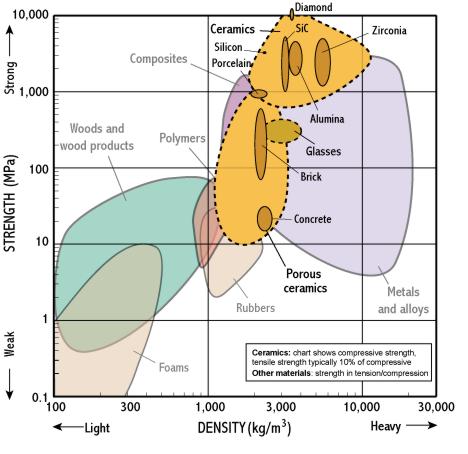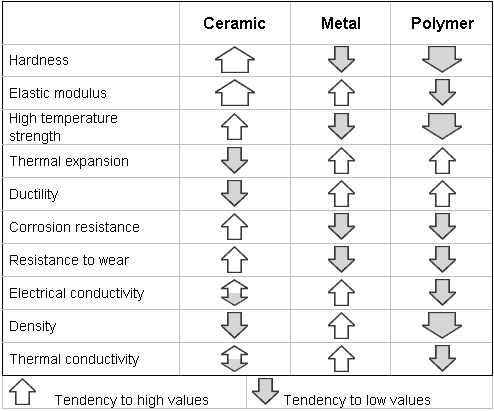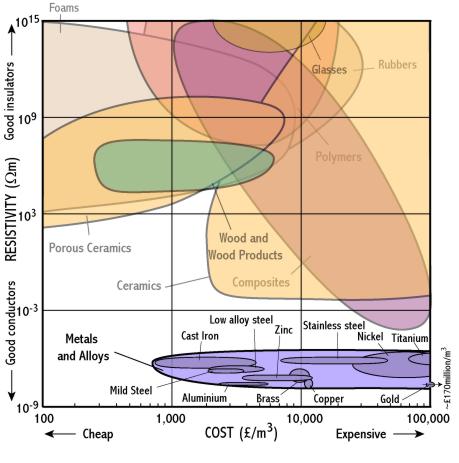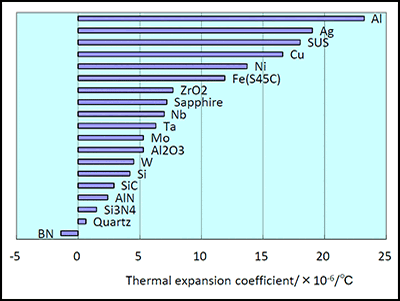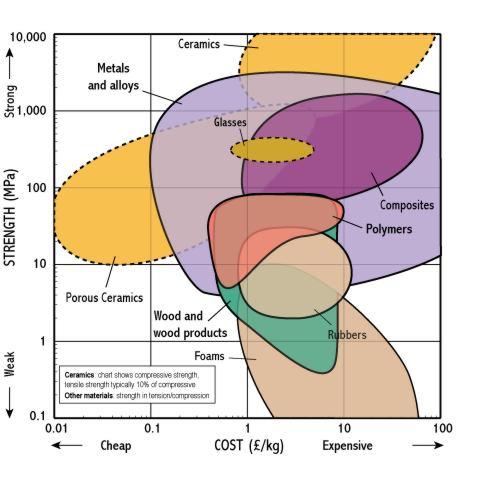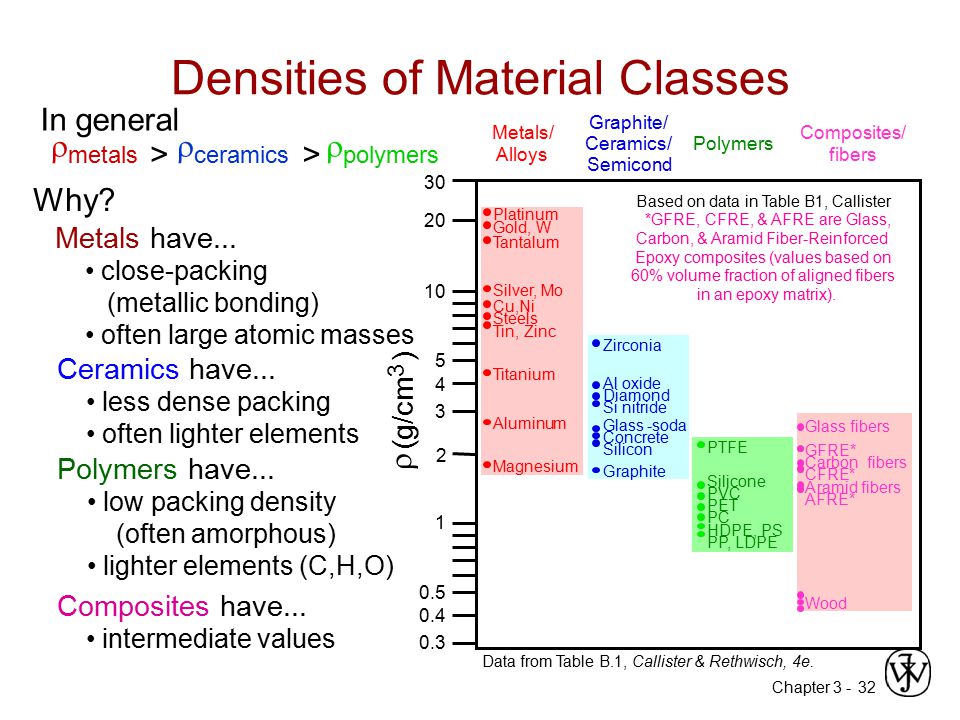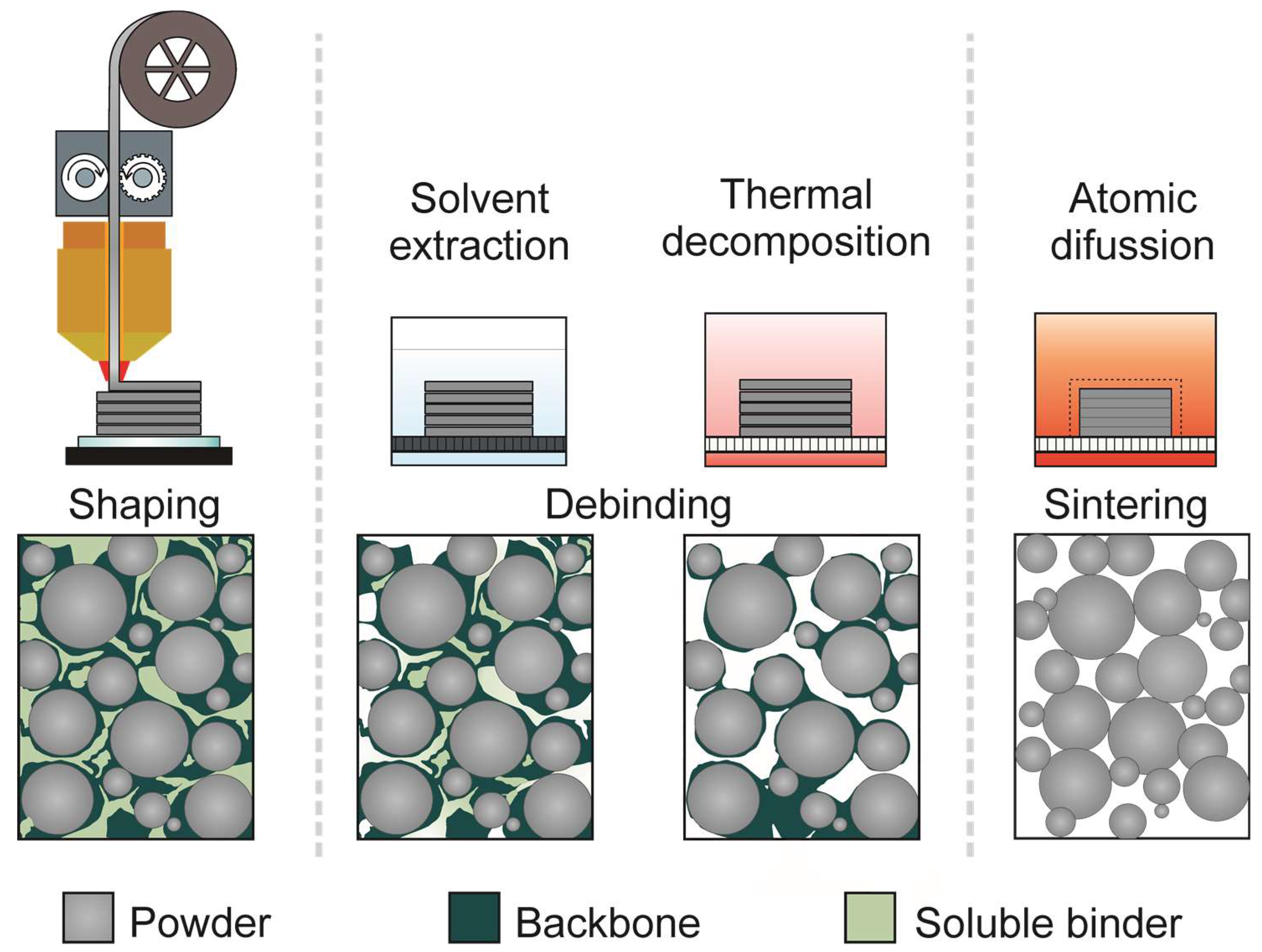Density Of Metals Ceramics Polymers

Usually they are low density and are not stable at high temperatures.
Density of metals ceramics polymers. Compositions with several allotropessuch as sio2will have minor differences in density. They can be readily formed into complex shapes. Lighter than metals and ceramics. The table below provides a summary of the main properties of ceramics and glass.
Over the last half century new choices of materials such as ceramics polymers and polymer fibers and lower density metals have significantly decreased the weight of the armor needed for the protection of personnel and vehicles. Mass propertiesinclude things like density. Many new combinations include ceramic fibers in metal or polymer matrix. Moderate to low density high strength depends on the quality of the specimen.
Start studying metals ceramics polymers. A material with a high level of hardness will resist deformation caused by surface indentation or abrasion while a material with a low hardness level will deform more. Therefore this property of the polymer is highly advantageous because we can replace metal with plastic. Asked jul 25 2020.
Learn vocabulary terms and more with flashcards games and other study tools. In fact properties of ceramics and glass can be tailored to specific applications by modifying composition including creating composite materials with metals and polymers and by changing processing parameters. There are other material ranges as well but here in this article most common are being discussed. The key difference between polymers and metals is that the polymers are lightweight materials compared to metals.
Density ductility hardness corrosion resistance hardness thermal conductivity electrical conductivity wear resistance. One of the most desired properties of metal alloys is the hardenability. Compare metals polymers and ceramics on a chart or table using the following properties and the ratings low high and highest. Non crystalline materials are less dense than crystalline ones.
Their strength stiffness and melting temperatures are generally much lower than those of metals and ceramics. Metals polymers wood fabrics and ceramics. If we take a ball made of a polymer material such as plastic and a ball made of a metal with the same size we can observe that the metal ball is heavier than the plastic ball. Alloying can be applied to metals ceramics and polymers where in each specific properties are desired.
These are typical properties.

